HoverAir X1 Pro and X1 Pro Max might be the pro drones to make your 'follow me' dreams come true
New foldable drones have pro-level, high-end camera features
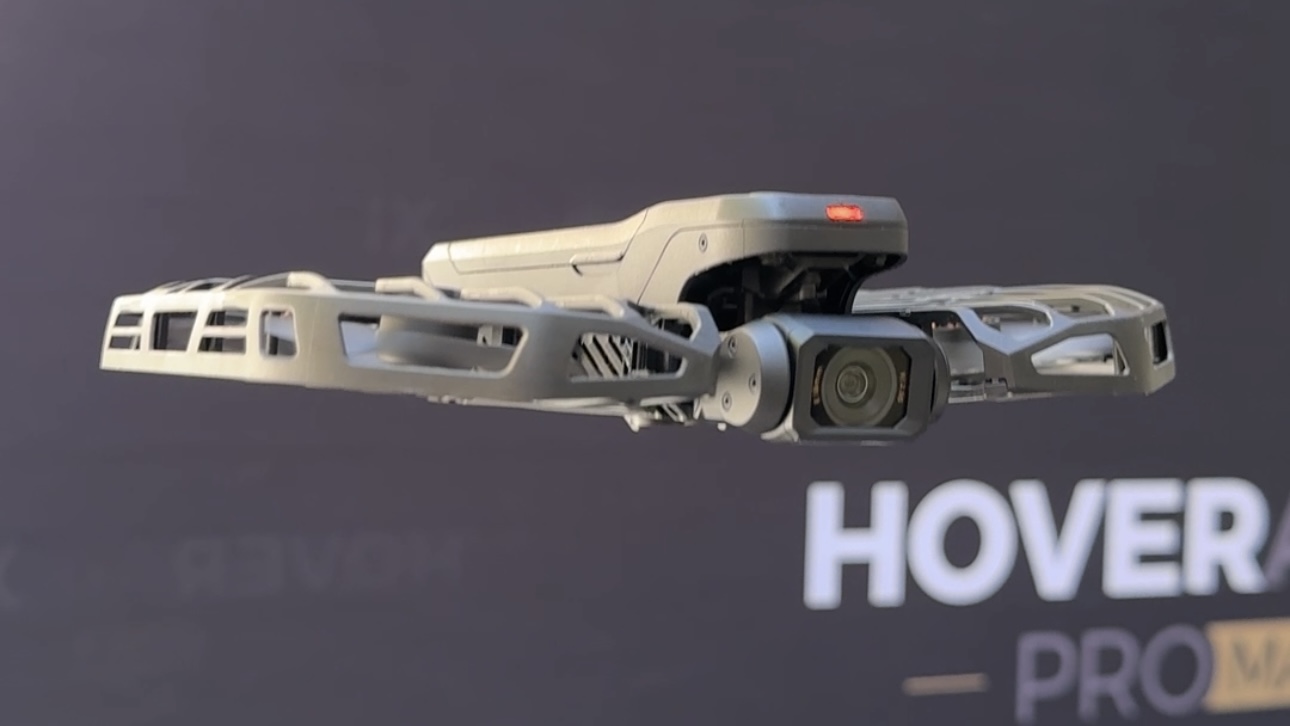
Not content to serve just beginners, HoverAI is flying into the pro space with two new foldable camera drones: the HoverAir X1 Pro and HoverAir X1 Pro Max. Both bring better cameras, more speed, more intelligence, and more flight time.
The new drones combine the best of HoveAir X1's intelligence with up to 4K video shooting capability on the Pro model and up to 8K at 60fps on the X1 Pro Max. The original HoverAir X1, which is still available, shoots up to 2.7k. The cameras on the new drones sit on 2x-axis gimbals.
Like the original HoverAir X1, the new drones unfold and can be flying within moments. The rotors are covered, which makes them good for flying indoors or outside.
They'll also automatically follow subjects, which has always made them great for sports enthusiasts who want follow-me shots of their mountain bike ride. The new HoverAI X1 Pro and Air Pro Max have additional collision sensors. The Pro gets a proximity sensor on the back and the Pro Max also has an additional vision sensor. This should help them fly in more difficult terrain, and HoverAir maker Zero Zero Robotics claims the drones can fly over water, snow, and other challenging terrains, environments the original HoverAir X1 was not rated to handle.
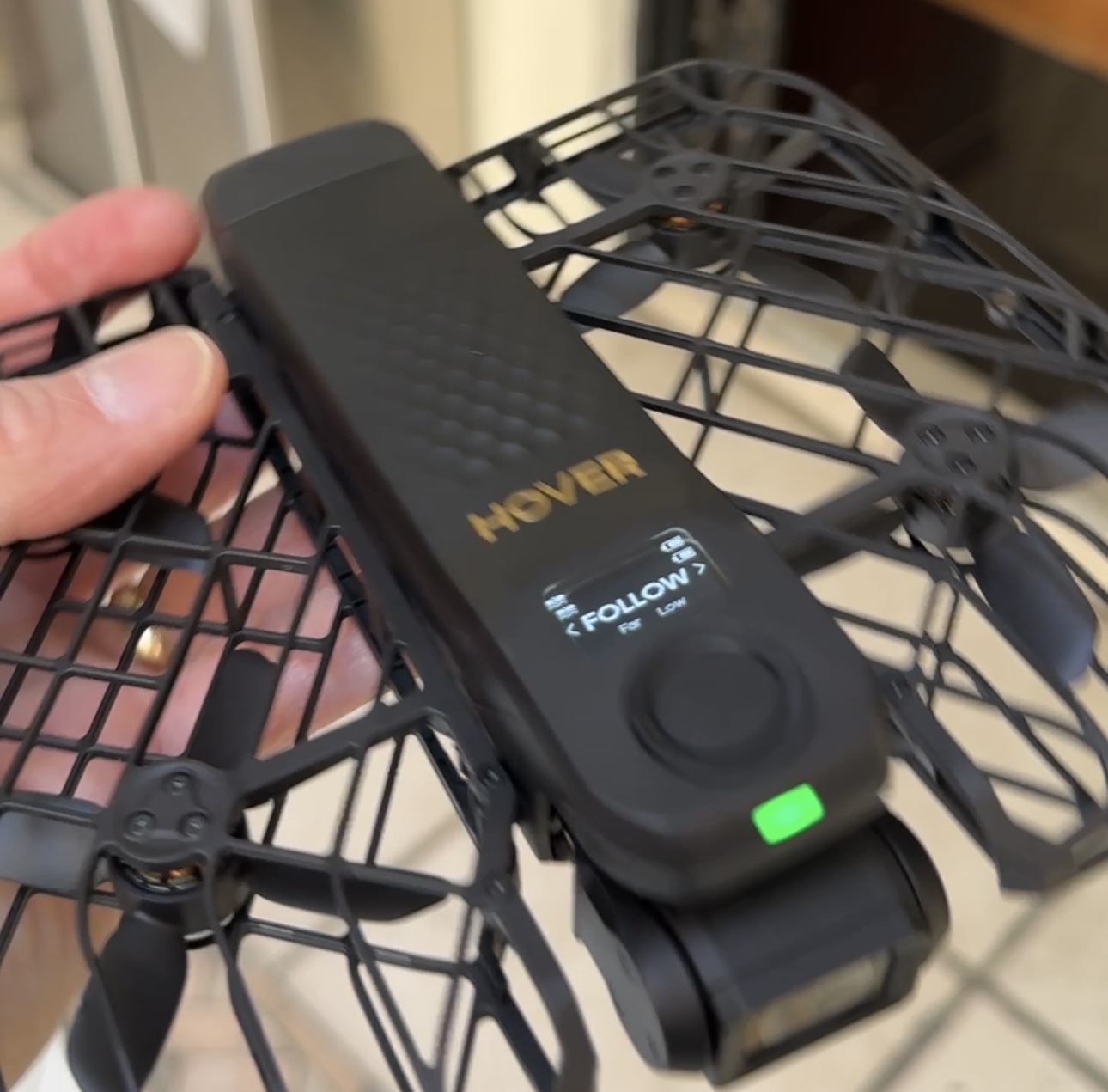
The drones can both fly somewhat longer than the original HoverAI X1, with a promise of 16 minutes of flight time per battery. Speed is up to 26mph. However, if you like to sprint, the HoverAir X1 Pro and Pro Max can do fly fast, with a burst speed of 37mph. The max altitude is 393 ft. The max transmission distance between your phone (and the app running the drone) and the drones has increased from 30 meters on the HoverAir X1 to a kilometer on the X1 Pro and X1 Pro Max.
The extra capabilities and flight time mean the pro-level drones have put on a little weight. While the HoverAir X1 weighs 125g, the X1 Pro and X1 Pro Max come in at 192g. These new drones are also noticeably larger than the HoverAir X1. Even so, I picked up both drones and each still felt lightweight compared to most palm-sized drones.
Aside from the video resolution, there aren't a lot of differences between the X1 Pro and X1 Pro Max other than internal storage. The HoverAir X1 Pro has 32GB of on-board storage and the HoverAir X1 Pro Max doubles that to 64GB. Both drones also include a micro-SD slot for additional storage.
Sign up for breaking news, reviews, opinion, top tech deals, and more.
With these more pro features come more pro-level prices. The HoverAir X1 Pro costs $499 and the Pro Max is $699. Pricing for the UK and Australia has not been set.
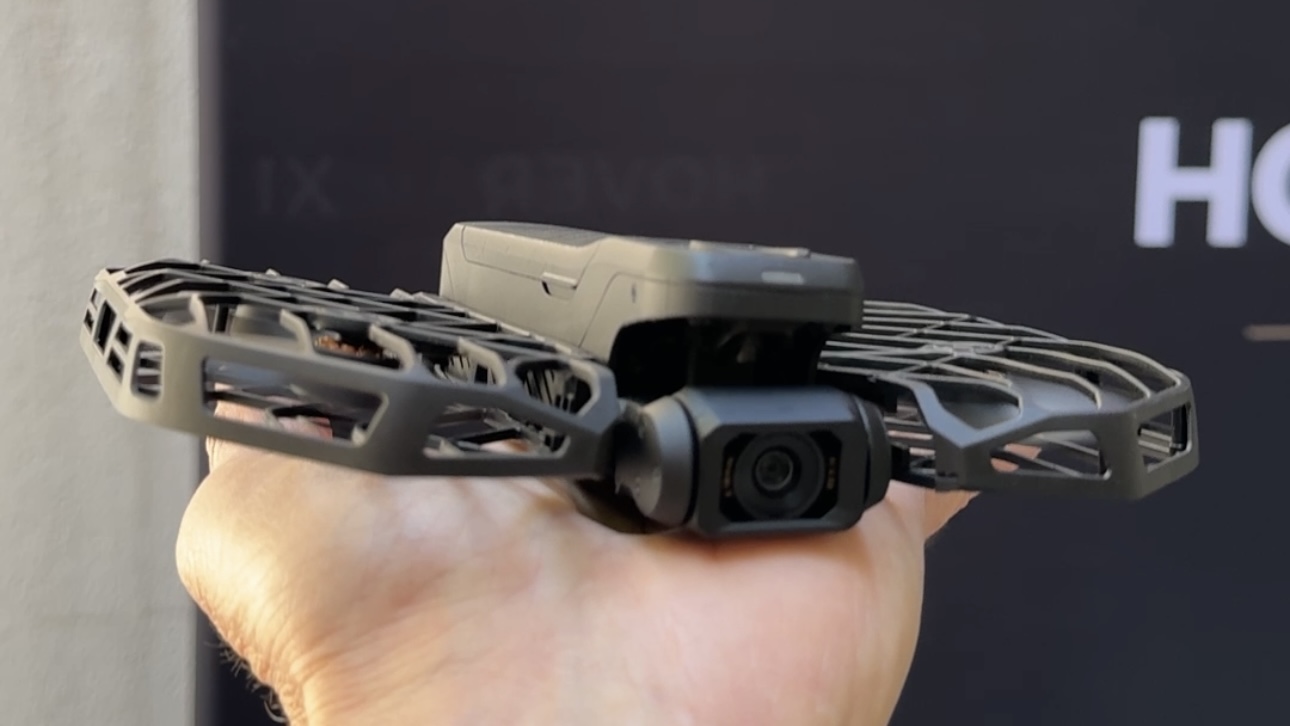

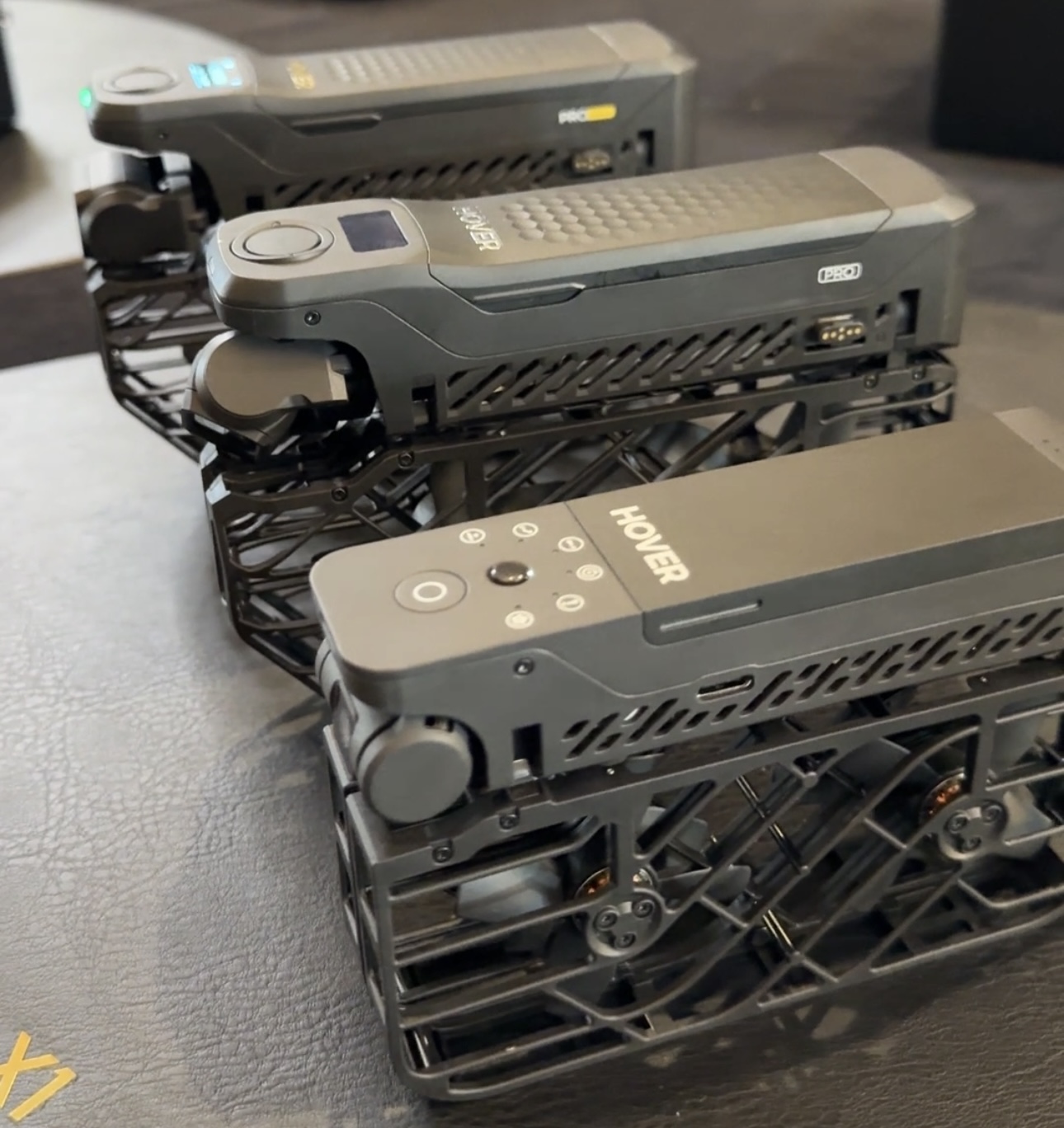

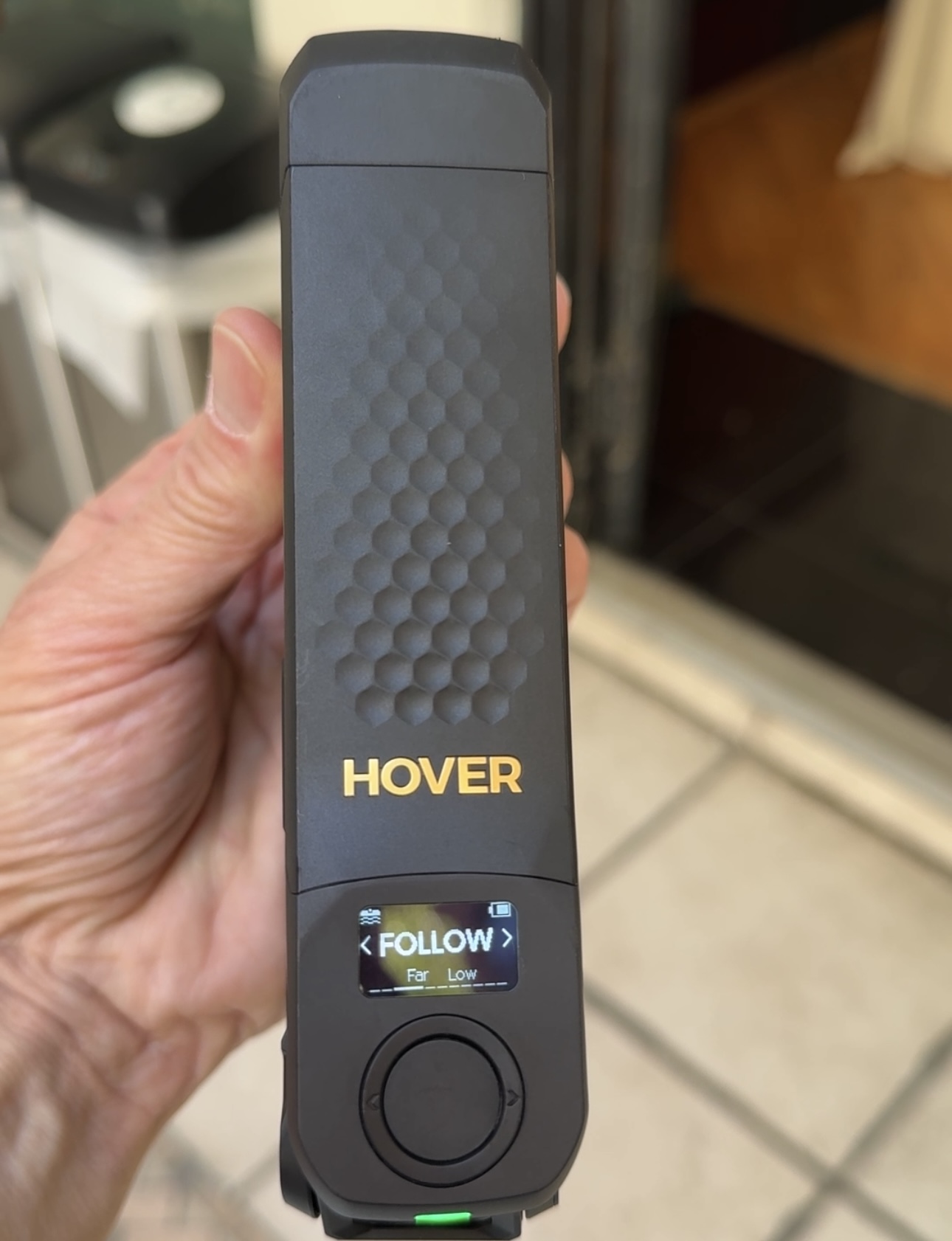
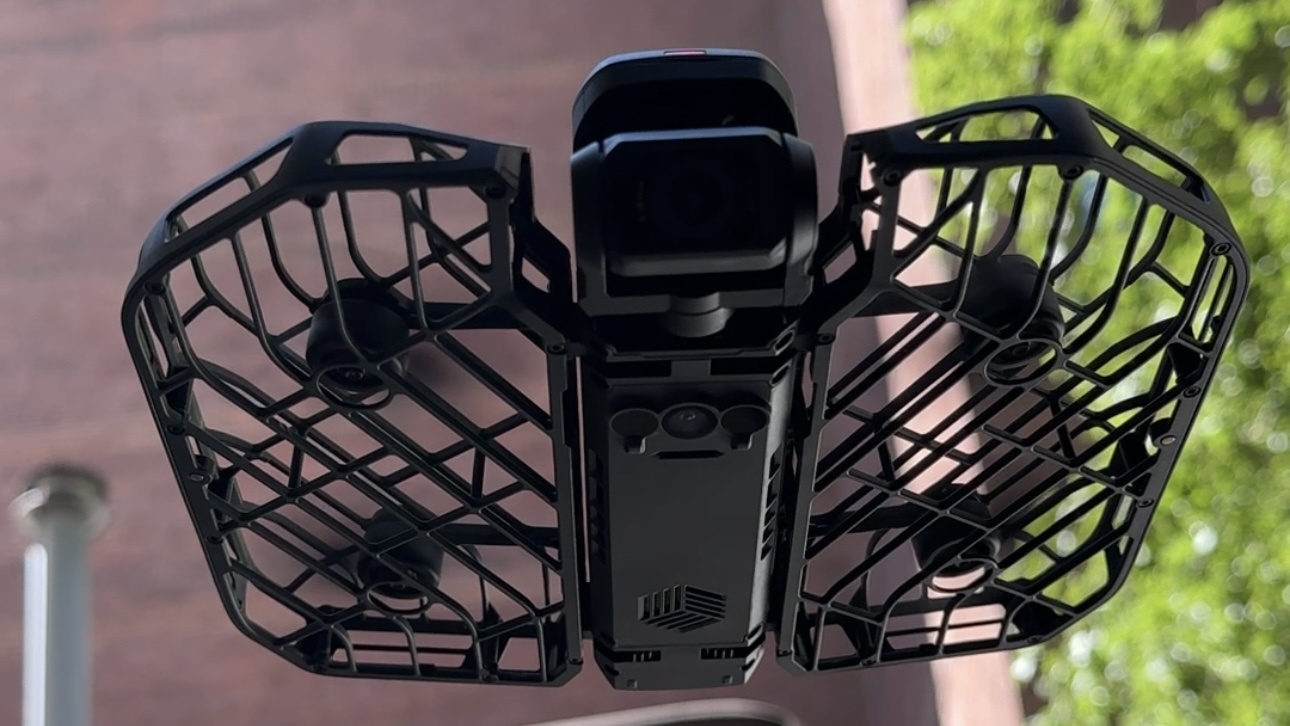
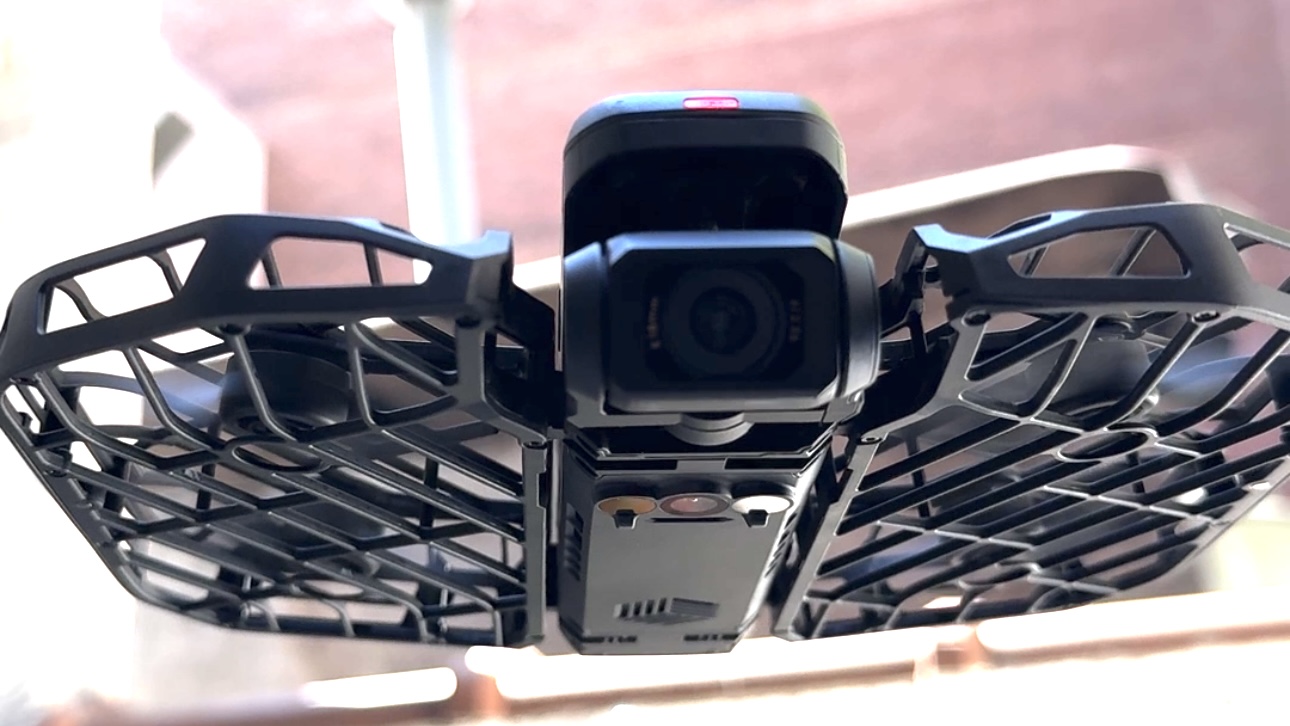
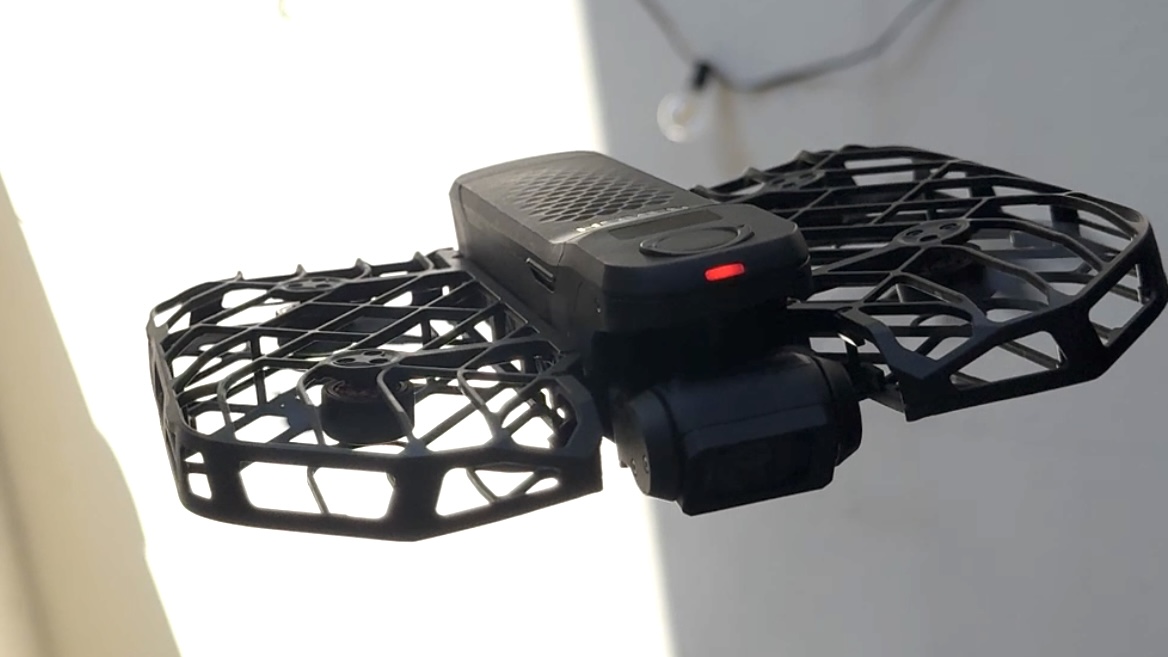
Both drones are still primarily autonomous follow drones, but Zero Zero is offering a wide array of accessories, some of which can give you true manual control. There is, for instance, a joystick that will let you use your finger or thumb to control the flight path.
There's also a nifty accessory called Beacon ($129). It's both a motion tracker for the drone and video feedback. There’s a small, roughly 1-inch screen on it so you can see what the HoverAir X1 Pro or X1 Pro Max sees. The Zero Zero Robotics representatives described a scenario in which you attach the Beacon to your bicycle handlebar so you can see what the drone sees as it follows behind you.
The Beacon can also attach to one of the aforementioned joysticks to create a small remote. If you buy two joysticks, you can connect them to the Beacon and put your phone between them to build, almost LEGO-style a complete HoverAir X1 Pro and Pro Max remote control.

Other accessories include a charging case ($169) that will let you carry and charge the HoverAir X1 Pro or Pro Max. It includes a USB-C port for charging your phone. There’s even a special battery equipped to handle temperatures as low as -4 degrees Fahrenheit.
While I wasn’t allowed to fly the new drones on my own, I did see the HoverAir X1 Pro Max in flight and watched as it tracked and followed me. The drones are somewhat quieter than previous ones and, I'd say, a little quieter than similar drones of their size.


While I can't speak to the video quality from hands-on experience, Zero Zero Robotics did have some video captured by the drones running on a loop on a large-screen TV. It looked quite good and you almost forget that it's being captured by an autonomous drone following someone skiing down a hill.
It's still just as easy to unfold the drone and get flying and the HoverAir signature move of landing on your palm when you hold your hand directly under it remains intact on the HoverAir X1 Pro and X1 Pro Max.
The HoverAir X1 Pro and X1 Pro Max launch today (August 26) on Indiegogo.com.
You might also like

A 38-year industry veteran and award-winning journalist, Lance has covered technology since PCs were the size of suitcases and “on line” meant “waiting.” He’s a former Lifewire Editor-in-Chief, Mashable Editor-in-Chief, and, before that, Editor in Chief of PCMag.com and Senior Vice President of Content for Ziff Davis, Inc. He also wrote a popular, weekly tech column for Medium called The Upgrade.
Lance Ulanoff makes frequent appearances on national, international, and local news programs including Live with Kelly and Mark, the Today Show, Good Morning America, CNBC, CNN, and the BBC.